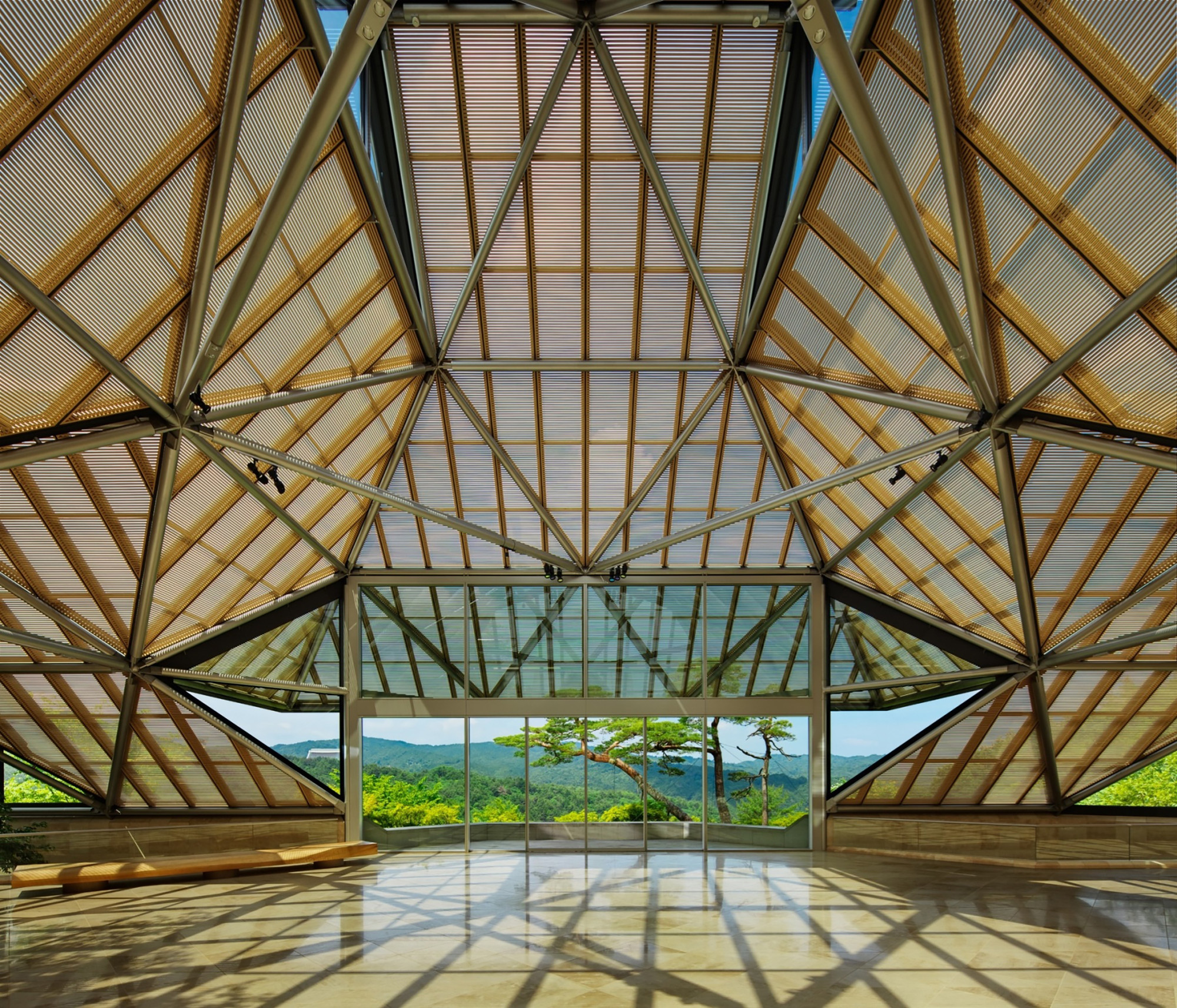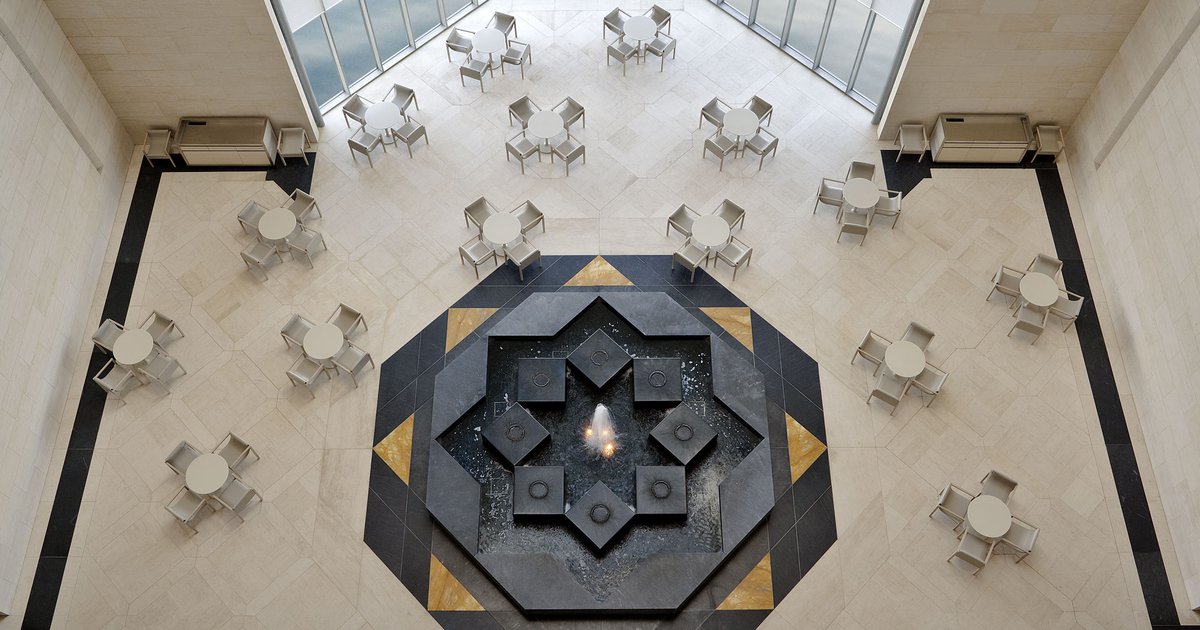Lotus Temple and the Bahá’í Faith
The Lotus Temple is renowned for its distinctive lotus shape. A prominent Bahá’í House of Worship in New Delhi, the temple embodies...
Maya M. Tola 27 January 2025
Ieoh Ming Pei (貝聿銘), known as I. M. Pei (1917-2019) was a Chinese American modernist architect with international acclaim. Exciting for art history fans, many of Pei’s buildings are art museums. This means you can visit the architecture and the artworks all in one place! The cultural institutions which Pei designed reflect the heritage of the objects they contain. They integrate with the architectural style of their cities and all bear Pei’s unique character.

During his life, Pei won all the most important awards: for example, the Pritzker Architecture Prize – often called the “architecture’s Nobel.” He was born in China, raised in Hong Kong and Shanghai, and lived his adult life in the USA. Pei died at the age of 102 in May 2019 and had four children, seven grandchildren, and five great-grandchildren.
In 1948 Pei began his career as an architect with the New York firm Webb and Knapp. Then, in the 1950s he created his first art museum. The architect and his team designed the East Building at the National Gallery of Art, Washington DC. The modernist design clearly signals the collection of contemporary artworks. Additionally, the choice of Tennessee pink marble from the same quarries that provided for the West building makes it a natural addendum.






In 1981, the president of France chose Ieoh Ming Pei to join the team renovating the Louvre. At first, the pyramid addition in the courtyard drew criticism for its contrast to the Neoclassical architecture. However, today, it is one of the most iconic tourist spots in Paris.



Built in the 1990s, the Miho Museum in Kyoto, Japan, houses a private collection of Asian and Western antiques. About three quarters of the museum is carved from a mountain. Pei used the same beige French limestone as he used at the Louvre and the large glass and steel roof is also similar!






The Contemporary Art Museum of Luxembourg, commonly known as Mudam, came to life in 2006. In its first year of opening, it achieved a record attendance of more than 115,000 visitors!






Pei’s ancestry traces back to the Ming dynasty when his family made their wealth in medicinal herbs and joined the ranks of the scholar-gentry. The garden villas at Suzhou were the traditional retreat of this class, and therefore gave Pei plenty of inspiration growing up. Like Mudan, Suzhou Museum opened in 2006.



At 91 years of age, Ieoh Ming Pei was coaxed out of retirement to design The Museum of Islamic Art. This spectacular museum sits upon a man-made island 195 feet from the Corniche of Doha and has a 64-acre park as its backdrop. Its design is founded upon intensive research into Islamic architectural styles and culture. Having surveyed mosques across the world, Pei was particularly inspired by the simple design and play of light on the 13th-century sabil (ablutions fountain) of the Mosque of Ahmad Ibn Tulun in Cairo.









DailyArt Magazine needs your support. Every contribution, however big or small, is very valuable for our future. Thanks to it, we will be able to sustain and grow the Magazine. Thank you for your help!